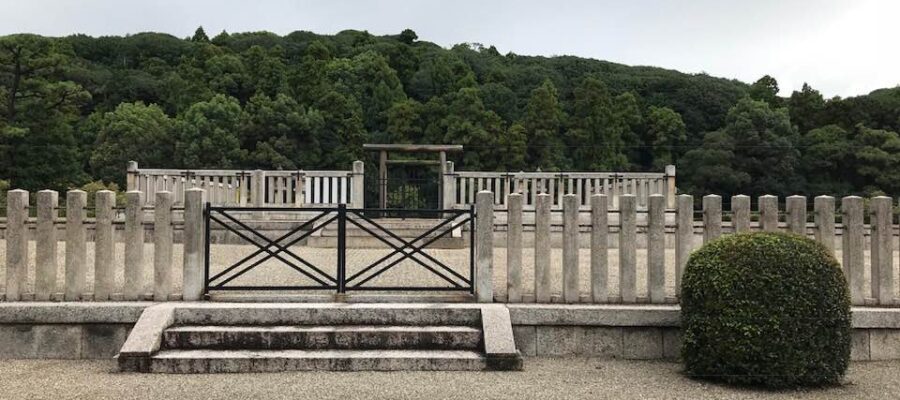応神天皇陵を訪問
大阪の古墳群が世界遺産に認定されましたが、それほど認知度が高まったようには思えません。まだまだ観光開発の余地がある分野です。仁徳天皇陵古墳(大仙古墳)がある百舌鳥に比べ、応神天皇陵古墳(誉田山古墳)などがある古市のエリアは、まだまだ発信力を高めていく必要がありそうです。
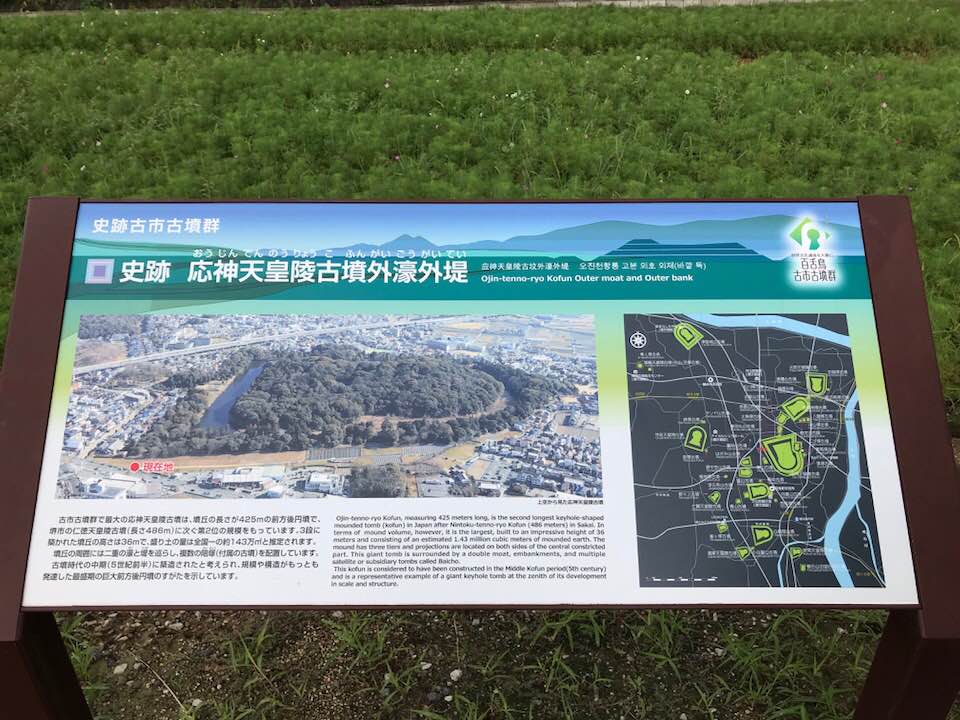
高校の教科書では、最大の古墳として仁徳天皇陵古墳が紹介され、2番目に大きい古墳として応神天皇陵が示されています。悲しいかな、人間の記憶は1番しか覚えるキャパシティーがないのか、2番の応神陵を覚えている人がどれだけいるでしょうか。恥ずかしながら、私も大阪に住みながら、20代半ばごろまで、全く関心がありませんでした。
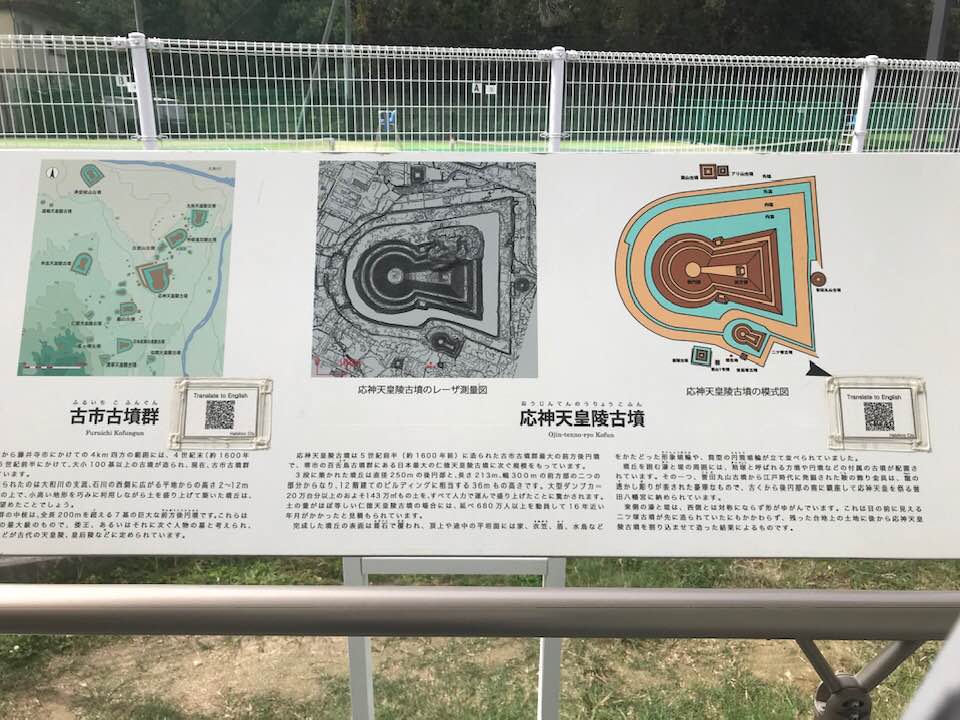
初訪問は25年ぐらい前
始めて訪れたのは、25年ぐらい前のことです。当時はガイドブックもほとんどなく、近鉄の駅から迷いながら見に行ったのを覚えています。標識等も整えられていなかったので、あんなに大きい古墳なのですが、視界に入る林のような木々が目指す古墳なのかどうか見当がつきませんでした。堀の水が枯れている部分があるので、よけいにわかりづらかったです。
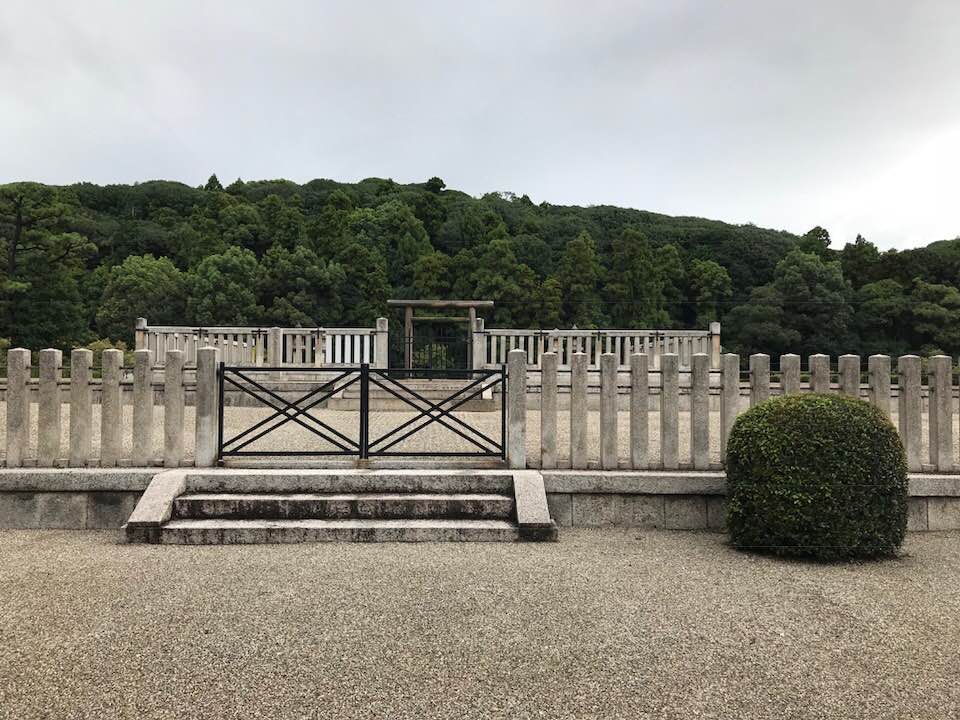
今回は、地元企業さんへの研修プログラムを提供する中、古墳を巡りながら地域の歴史を知る目的で応神天皇陵や周りの陪塚を地元ガイドの方々の案内で訪ねました。宮内庁管理の古墳なので、応神陵は周りを歩いて、その大きさを体感し、遙拝所で説明を聞きます。樹木で覆われているので、古墳が一際大きく見えます。応神陵はかつて、頂に誉田八幡宮のお宮があったそうです。現在も年に一回、神輿が応神陵へ渡御する神事が行われます。古くは、御陵の後円部頂上まで神輿が渡御しましたが、現在は、御陵の外堤までの渡御だそうです。
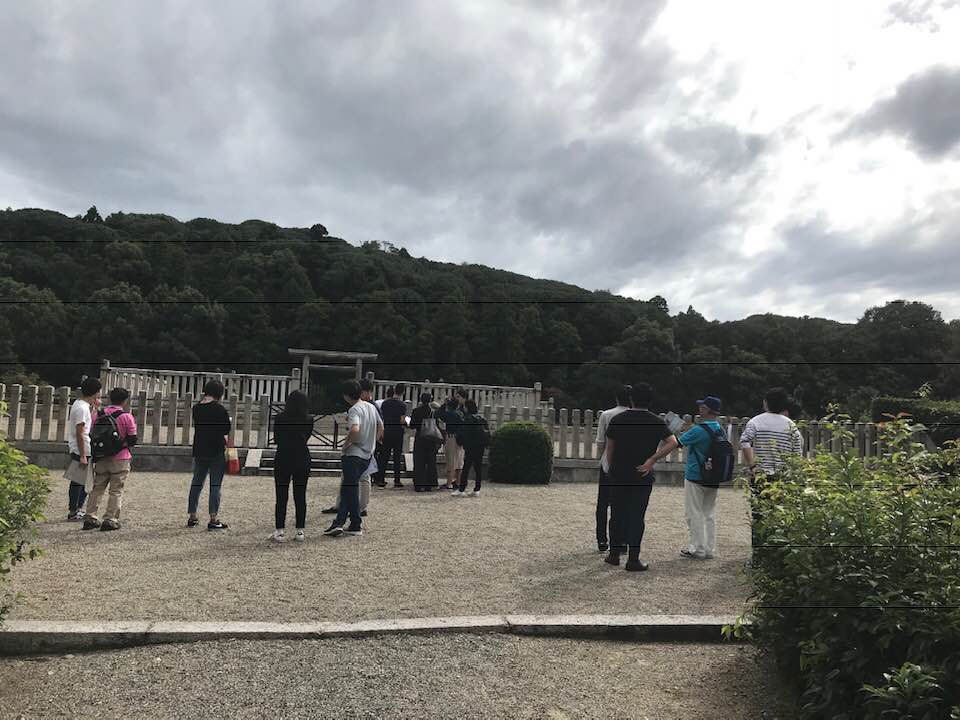
突然登場する古墳にも興奮
古市のエリアは住宅街で、古墳を見るために道が整備されているわけではありません。そのため、地域の方の御迷惑にならないように散策する必要があります。入り組んだ道で、すこしわかりづらいこともありますが、住宅地の角を曲がると、突然古墳が出てくる体験は面白いです。(完)
応神天皇陵が紹介されている書籍
「ザ・古墳群」制作委員会 編の「ザ・古墳群」に応神天皇陵が詳しく紹介されています。現地訪問時に有益な情報も満載です。
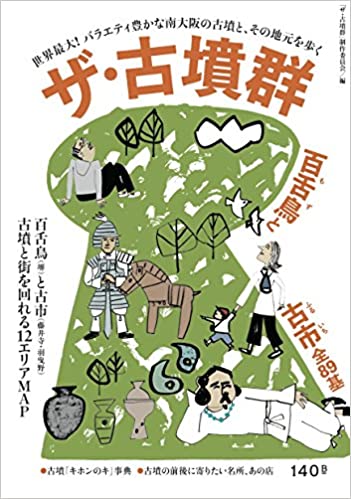
ザ・古墳群 百舌鳥と古市全89基 [ 「ザ・古墳群」制作委員会 ]
価格:1,650円
(2021/5/31 17:23時点)
感想(0件)
Emperor Ojin’s Mausoleum (Mt. Konda burial mound)
Osaka’s tumulus group has been recognized as a World Heritage site, but it does not seem to have gained much recognition. There is still room for tourism development in this area. Compared to Mozu, where the tomb of Emperor Nintoku (Daisen Kofun) is located, the area of Furuichi, where the tomb of Emperor Ojin (Mt. Kondayama Kofun) and other tombs are located, still needs to improve its ability to communicate.
In high school textbooks, the Nintoku-tennō-ryō tumulus is introduced as the largest tumulus, and the Ojin-tennō-ryō tumulus is shown as the second largest. Sadly, human memory only has the capacity to remember the first, or how many people remember the second, the Ojin Imperial Tomb? I am ashamed to admit that I, too, had no interest in the mausoleum until I was in my mid-twenties, even though I lived in Osaka.
The first time I visited there was about 25 years ago. There were no guidebooks available at the time, and I remember getting lost as I walked from the Kintetsu station. There were no signs or other arrangements, so even though the mound was so large, I had no idea whether the forest-like trees in my field of vision were the mound I was aiming for or not. It was even more difficult to tell because the water in the moat had dried up in some areas.
This time, as part of a training program for a local company, we visited the tomb of Emperor Ojin and the surrounding mounds with local guides to learn about the history of the region while touring the tombs. Since the tombs are under the control of the Imperial Household Agency, we walked around the Ojin Mausoleum to experience its size, and listened to explanations at a far-off place of worship. The mound looks much larger than it is because it is covered with trees. It is said that the Ojin Mausoleum once had a shrine of the Konda Hachiman Shrine at its peak. Even now, once a year, a Shinto ritual is held where a portable shrine is carried to the Ojin Mausoleum. In the old days, the mikoshi was carried to the top of the rear part of the mausoleum, but now it is carried only to the outer bank of the mausoleum.
The area of Furuichi is a residential area, and there are no well-developed roads to view the burial mound. Therefore, it is necessary to take a walk so as not to disturb the local residents. It is an interesting experience to turn a corner in a residential area and suddenly see a burial mound, although the intricate path may be a little difficult to understand. (End)
Mausolée de l’empereur Ojin (tumulus du mont Konda)
Le groupe de tumulus d’Osaka a été reconnu comme un site du patrimoine mondial, mais il ne semble pas avoir obtenu une grande reconnaissance. Il y a encore de la place pour le développement du tourisme dans cette zone. Par rapport à Mozu, où se trouve la tombe de l’empereur Nintoku (Daisen Kofun), la région de Furuichi, où se trouvent la tombe de l’empereur Ojin (Mt. Kondayama Kofun) et d’autres tombes, doit encore améliorer sa capacité à communiquer.
Dans les manuels scolaires du secondaire, le tumulus Nintoku-tennō-ryō est présenté comme le plus grand tumulus, et le tumulus Ojin-tennō-ryō est montré comme le deuxième plus grand. Malheureusement, la mémoire humaine n’a la capacité de se souvenir que du premier, ou combien de personnes se souviennent du second, le tombeau impérial Ojin ? J’ai honte d’admettre que moi aussi, je n’avais aucun intérêt pour le mausolée jusqu’au milieu de la vingtaine, même si je vivais à Osaka.
La première fois que j’y suis allée, c’était il y a environ 25 ans. Il n’y avait pas de guides à l’époque et je me souviens m’être perdue en marchant depuis la gare Kintetsu. Il n’y avait pas de panneaux ni d’autres dispositions, si bien que même si le monticule était si grand, je n’avais aucune idée si les arbres ressemblant à une forêt dans mon champ de vision étaient le monticule que je visais ou non. C’était d’autant plus difficile à dire que l’eau des douves s’était asséchée à certains endroits.
Cette fois-ci, dans le cadre d’un programme de formation pour une entreprise locale, nous avons visité la tombe de l’empereur Ojin et les monticules environnants avec des guides locaux pour apprendre l’histoire de la région tout en visitant les tombes. Les tombes étant sous le contrôle de l’Agence de la maison impériale, nous avons fait le tour du mausolée d’Ojin pour nous rendre compte de sa taille, et écouté les explications d’un lieu de culte lointain. Le monticule semble beaucoup plus grand qu’il ne l’est parce qu’il est couvert d’arbres. On dit que le mausolée Ojin avait autrefois un sanctuaire du sanctuaire Konda Hachiman à son sommet. Aujourd’hui encore, une fois par an, un rituel shinto est organisé au cours duquel une châsse portable est transportée au mausolée Ojin. Autrefois, le mikoshi était porté jusqu’au sommet de la partie arrière du mausolée, mais aujourd’hui, il n’est porté que jusqu’à la rive extérieure du mausolée.
La région de Furuichi est une zone résidentielle, et il n’y a pas de routes bien développées pour voir le tumulus. Il est donc nécessaire de se promener à pied pour ne pas déranger les résidents locaux. C’est une expérience intéressante que de tourner le coin d’une zone résidentielle et de voir soudainement un tumulus, bien que le chemin complexe puisse être un peu difficile à comprendre. (Fin)
